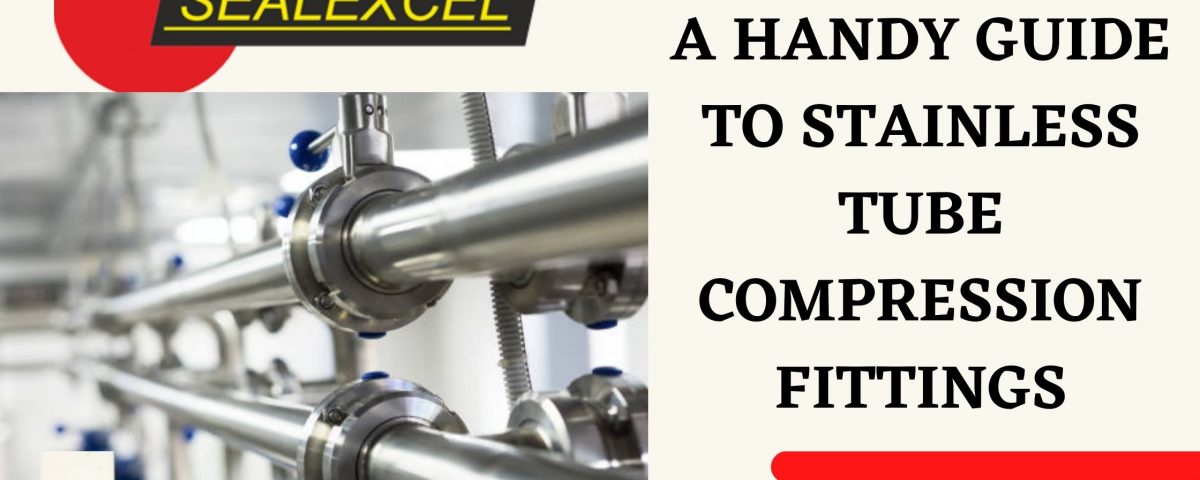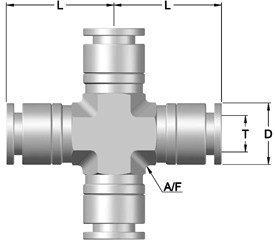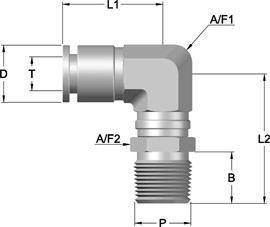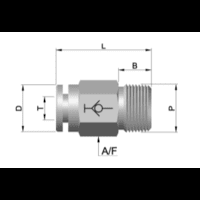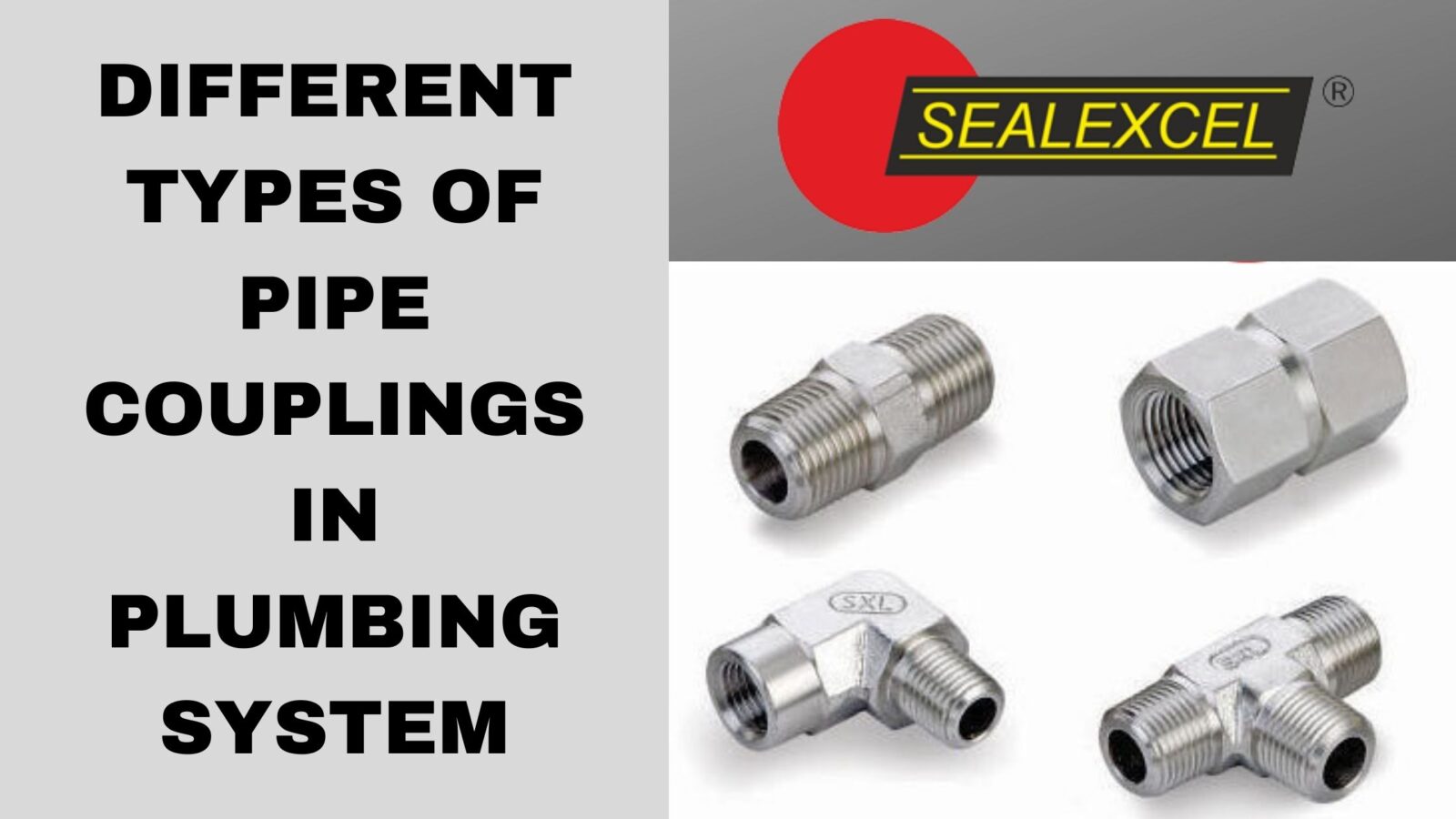
Different Types of Pipe Couplings in Plumbing System
March 29, 2022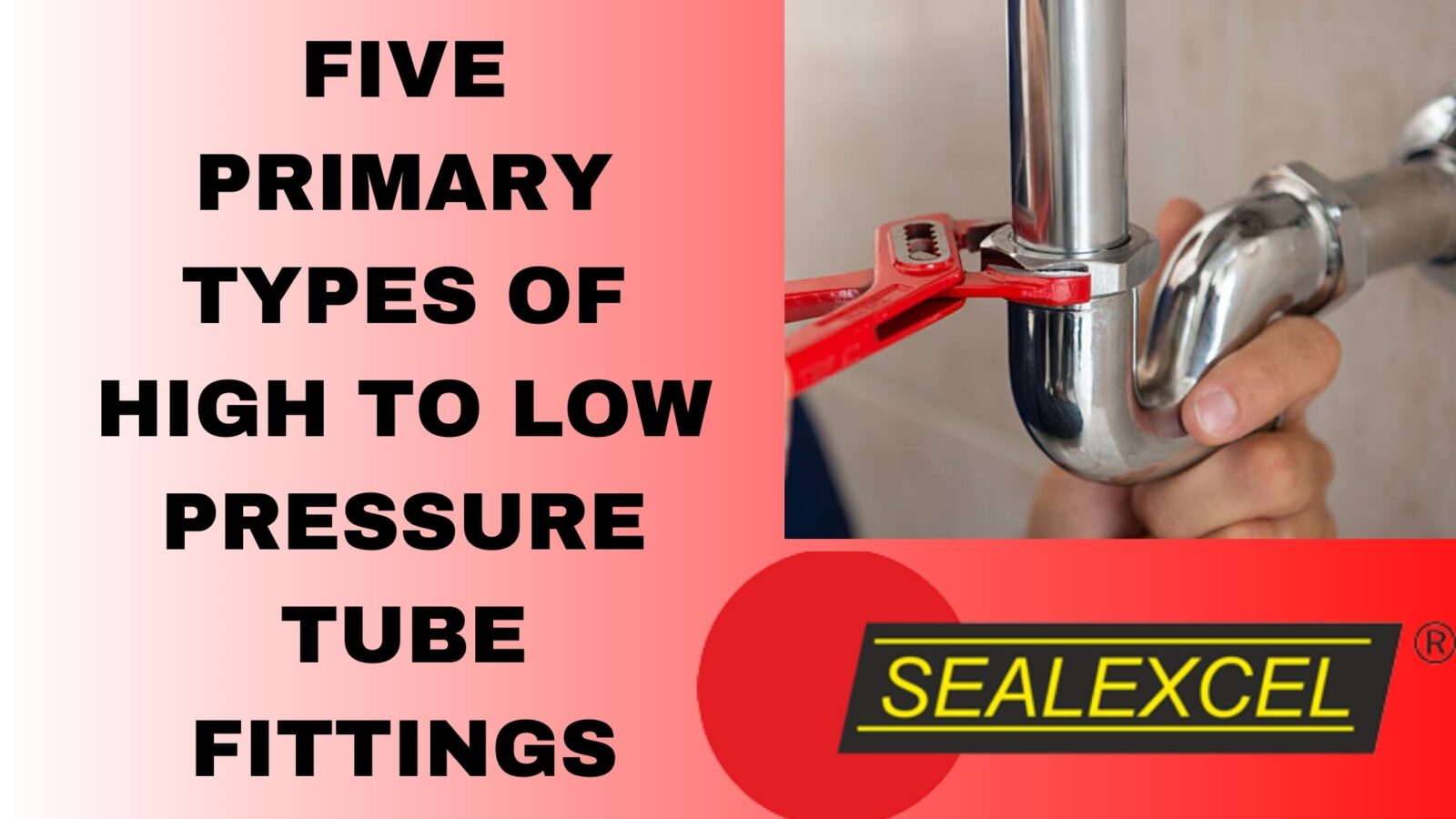
Five Primary Types of High to Low-Pressure Tube Fittings
March 31, 2022Compression fittings are one of the most common and versatile ways to connect metal or hard plastic tubing. Compression fittings can be found in various systems, from gas lines in refineries to plumbing under your sink. They are especially useful because they can withstand high temperatures and pressures and be used with aggressive fluids.
They are used in everything from chromatography and bomb detection instruments to medical devices and inkjet printing. Compression tube fittings are used in everything from your water heater to pipes that carry dangerous chemicals. They must be easy to install, last a long time, and not leak.
Installation
Installation instructions for compression tube fittings can be different depending on the manufacturer and the design of the fitting. Care should follow the manufacturer’s instructions when putting things together. There are, however, some things that almost all compression fittings have in common when they are installed.
Application Considerations
Stainless steel tubes and fittings are often chosen for more than just leak-free sealing and ease of use. A lot of the time, hard tubing is required in situations where pressures and temperatures are high. This type of tubing is not compatible with many other types of fittings. Stainless steel tubes and fittings can be used in places where contamination is a concern, and their sterility and low out-gassing properties make them appealing. Modified compression fittings can be the best way to add a thermocouple to a pressurized system and get more information about the process.
Applications
High-Pressure Applications
Stainless steel tubes and fittings are the best choices for high-pressure jobs. Large compression fittings can often be used at more than 10,000 psi when used with high-pressure tubing like steel. People who make small things have smaller pressure ratings because they’re smaller. For example, Beswick’s pressure rating on stainless steel compression fittings is still between 3,001 and 5,001 pounds per square inch (psi). A lot of high-pressure CO2 can be stored in CO2 bottles. This is enough to use in hydrogen fuel cells and aerospace applications.
Using stainless steel tubes and fittings at high pressure, especially with gasses, is very important to keep the ferrule seal. While simple designs can work at lower pressures, strong parts are needed for high-pressure applications.
High Purity Applications
Many medical, semiconductor, and instrumentation applications require that all parts be as inert and contamination-free as possible so they don’t get dirty. Compression fittings help a lot with these applications. Engineers can avoid getting contaminants from tubing materials with a lot of out-gassing by using stainless steel or inert plastic. Because compression nuts and ferrules are often made of metal, they can be autoclaved, cleaned, or sterilized more quickly than fittings made of plastics or internal elastomers.
One thing to think about when planning for high-purity applications is galling. Galling can happen between the threads of the nut and the body or between the body and the ferrule. Galling is usually more common when the fittings have been cleaned very well, removing all residual oils. A mild case of galling may look like small scrapes or notches. A more severe case can leave parts stuck together or strip threads from a body that is supposed to be fit.
Ferrules that are made to resist galling are very important in these situations. Isopropyl alcohol can also help keep the mating surfaces from getting too slippery when you tighten the compression nut, but this is not a long-term solution. Alcohol will be used to lubricate the stainless steel surfaces while they are being put together, and it will evaporate completely, leaving no residue or contaminants behind.
Stainless steel tubes and fittings are used in many different industries, and they can be very useful in almost any fluid power design. They can connect to metal and hard plastic tubing, have high pressure and temperature ratings, resist corrosion, and are easy to connect. There are many problems with compression fittings, but some tricks of the trade can help make sure the design is good.
It doesn’t matter how many times you use it! If you want to learn more about compression fittings or determine if compression tube fittings are the right choice for your design.

